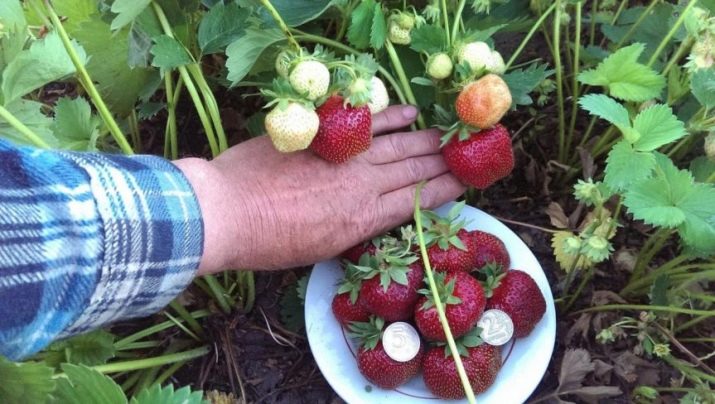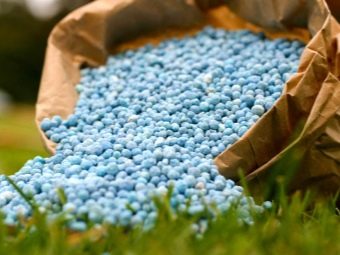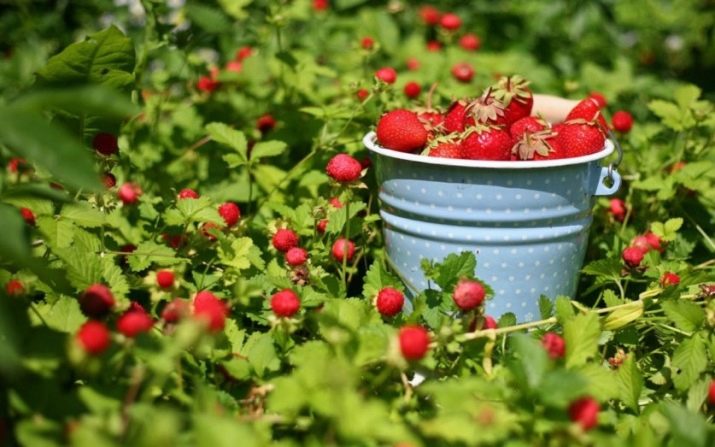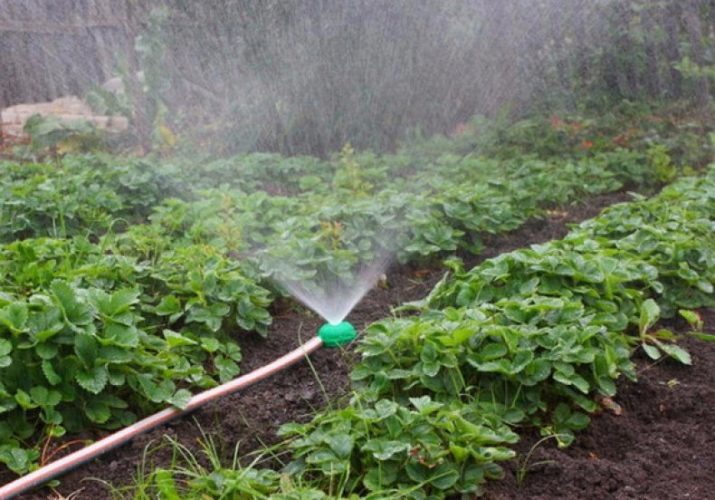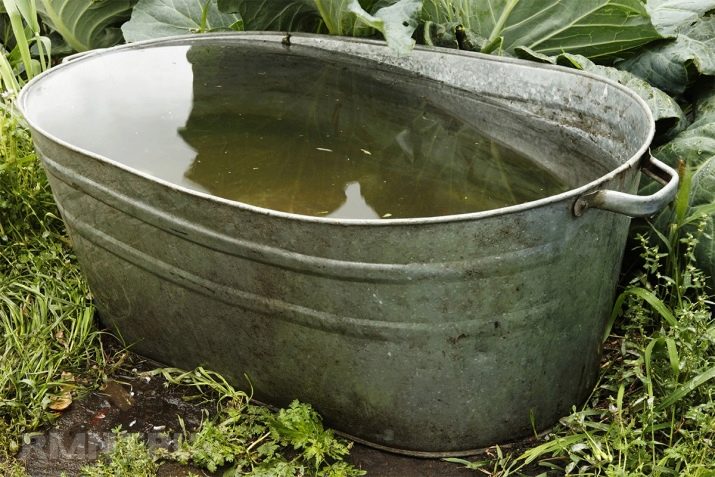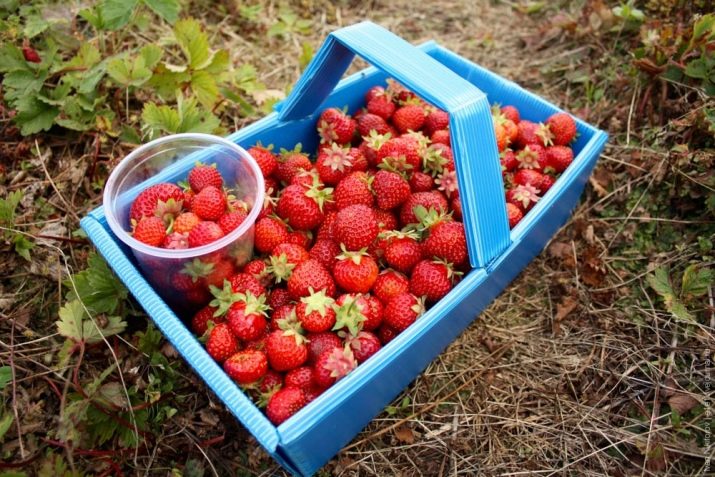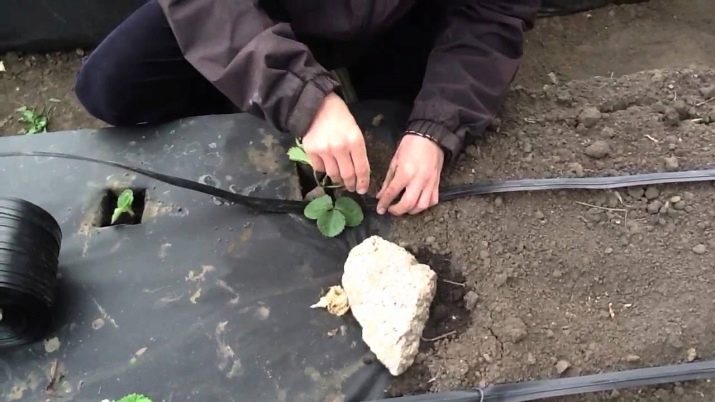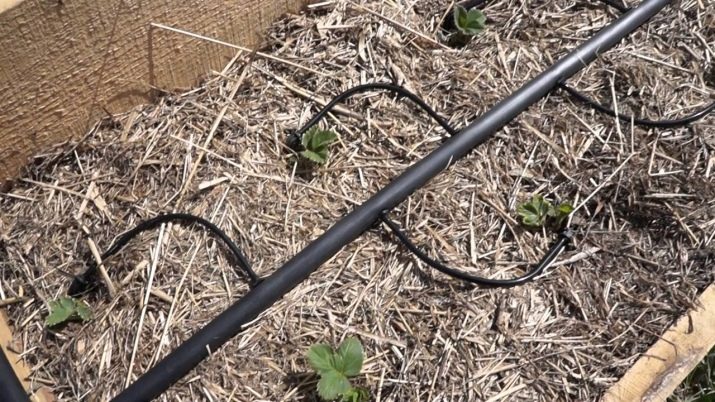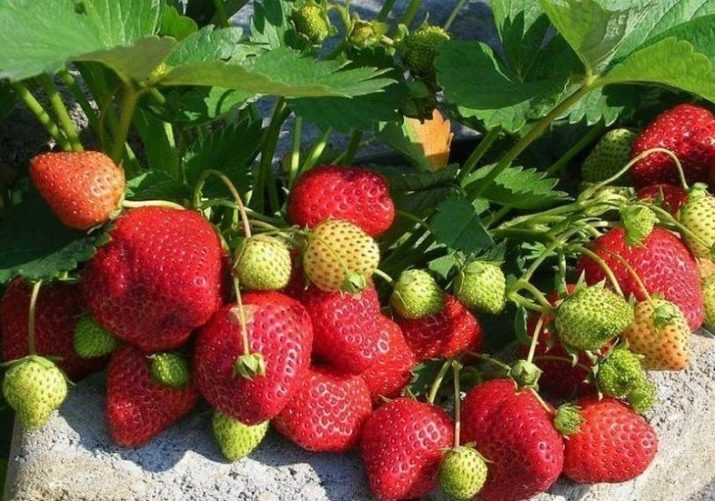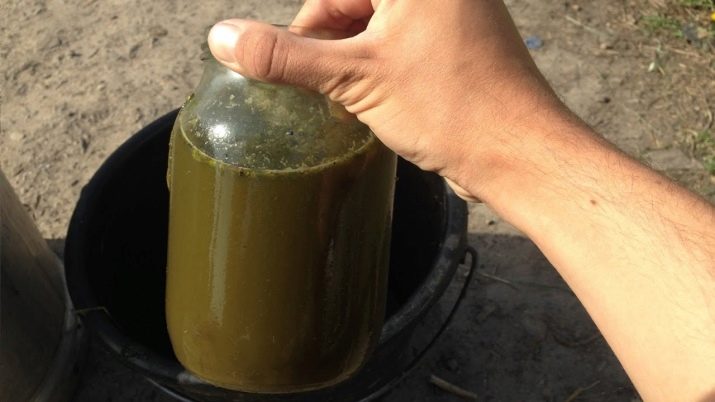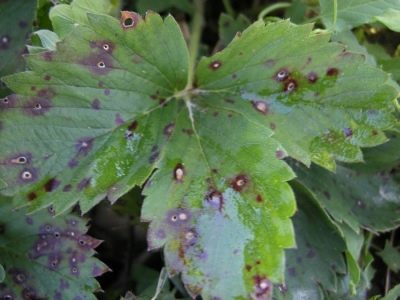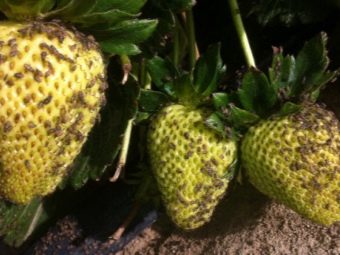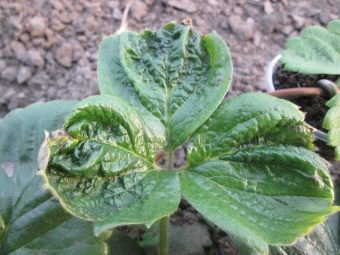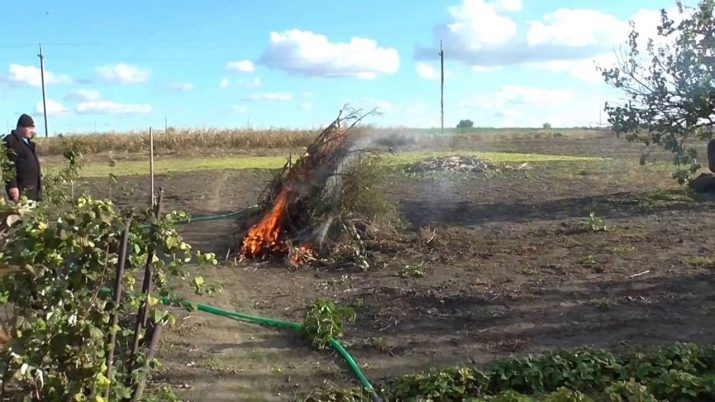Rules for the care of strawberries during fruiting
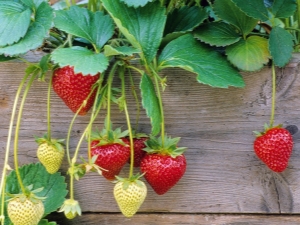
Strawberry is one of the most delicious, healthy and aromatic berries, the fruits of which contain a large amount of vitamins and minerals. Drinking strawberries not only compensates for the lack of iron, potassium, folic acid, vitamins of groups B and C in the body, but also helps in the treatment of the cardiovascular and circulatory system, kidneys and liver, restores immunity, becomes a reliable helper of the body in the fight against viral and colds diseases.
Cosmetic procedures that include this berry have a cleansing and rejuvenating effect on the skin of the face. Beginner gardeners need to consider that only healthy and strong plants are able to form a high-quality and healthy harvest.
When growing this crop, you should know and apply the basic rules for the care of strawberries, and especially to pay attention to this procedure during the fruiting period. Only in this case, the plants will give the desired harvest.
Strawberry Growth Features
Strawberry is a perennial plant whose height does not exceed 30 cm. This plant has several individual characteristics of growth and development of bushes:
- a massive set of greens begins in mid-spring and ends at the time of the formation and ripening of berries;
- strengthening the root system in the spring.
For the development and strengthening of all parts of a strawberry plant, a large amount of nutrients is required, which it takes from last year’s reserves. The growth of green mass coincides with the flowering period. Active development of the leaves, mustache and root system can inhibit the formation of flowers and fruits. The main mistakes gardeners during the formation of the fruit:
- abundant watering;
- introduction of a large amount of mineral and organic fertilizers containing nitrogen.
Novice gardeners need to know that a large amount of green mass becomes an obstacle in obtaining a large number of high-quality crops.
In the period of formation and ripening of fruits, the process of green mass development slows down, and the plant gives all its strength to its fruits. After the last harvest, the leaves begin to restore their strength, and prepare for the winter, actively consuming mineral and organic substances accumulated in the summer. At this stage, experienced gardeners are advised to water, weed, fertilize and remove weeds. The amount of buds for the next year's crop depends on how the plant restores its strength and vital energy.
With timely and regular care, taking into account all agrotechnical rules, strawberries can produce a stable harvest for more than four years without transplanting. Gardeners who do not carry out this type of work observe a significant decrease in the quality and quantity of fruits in the third year of cultivation of a tasty crop.
Watering
Strawberry is a plant that requires a large amount of water during the ripening of berries. To care for the plant during the ripening of the fruit must be especially careful. The formation of juicy and tasty fruit occurs only under the condition of regular and abundant watering. One of the main rules of this procedure is the prevention of soil swamping.
The structure of the root system of berries, whose age exceeds two years, begins to change and consists of small branches located near the surface. The constant presence of bushes in damp and marshy soil, can provoke the processes of rotting of the roots.
Adjusting the water balance on strawberry beds is an important stage in the quality care of plants.
The amount of watering depends on the type of soil:
- for chernozem enough moderate watering;
- soils with high clay content require abundant and frequent watering.
The most favorable time for watering is the morning hours. By watering before sunrise, you can avoid rotting of the root system and the appearance of sunburn on the leaves.
Breeders do not recommend watering with cold water. Irrigation of beds with water from a well or borehole can not only lead to rotting of the root system, but also the death of the entire plant.
Conducting mulching will help avoid drying out the soil, reduce the frequency of watering, protect the area from weeds and avoid contact of ripe berries with moist soil, which will significantly reduce the number of rotten and diseased fruits.
During the formation of peduncles and the formation of fruit watering should be carried out only at the root, trying to avoid contact with flowers and berries.
Before the next irrigation, it is necessary to harvest. Abandoned fruits can collect large amounts of moisture, and begin to rot.
The best method of moistening the soil in this period is drip irrigation. This method is suitable for large strawberry areas or when using agrofibre. Among the main advantages of drip irrigation can be distinguished uniform distribution of water throughout the garden and its rational use, moisturizing only root soil without falling on fruits and leaves, ease of installation and use, and the use of minimal physical costs.
Installation of the drip system must begin at the first stage of creating beds for strawberries. Planting of young shoots is recommended according to the laid hoses. The distance between the bushes should strictly comply with the intervals between the watering holes.
The combination of agrofibre and drip irrigation will create a favorable microclimate on the site not only in summer, but also in autumn and spring.
Regular loosening will prevent soil compaction and enrich the root system with oxygen.
Tillage
Summer is the most time-consuming period of each summer resident, requiring a large amount of physical strength and agrotechnical skills. Proper processing of soil in the garden with strawberries will not only give the site decorative qualities, but also create favorable and comfortable conditions for the growth and development of the plant during fruiting.
Tillage consists of several stages.
- Weeding - a type of agricultural work that will enrich the root system with a sufficient amount of oxygen necessary for the full development of the bushes. Regular loosening of the nutrient soil will reduce the number of weeds that pick up the necessary macro and micronutrients, and improve the penetration of water and fertilizer into the soil.
- Watering - an important stage in the cultivation of juicy berries. Only with proper irrigation, gardeners will be able to avoid the appearance of dangerous diseases and pests. Before the start of the summer season, it is necessary to carefully study all the details of this procedure.
- Fertilization - a type of agricultural work that helps replenish the mineral balance of the soil. Organic fertilizers will become reliable assistants and allies in obtaining a healthy and environmentally friendly harvest.
- Removal of fallen leaves - This procedure will help to remove diseased and infected parts of the plant and will become an obstacle to the spread of diseases and pests on healthy bushes.
All stages of tillage are essential and necessary, ignoring any of them can lead to a small amount of poor-quality crop or plant death. Experienced gardeners will help to properly and timely perform tillage and avoid the most common mistakes.
Top dressing
Fertilizing during the fruiting period is not a mandatory procedure, but contributes to an increase in the number of ovaries, the rapid ripening of berries and the collection of high-quality crops on the bushes, which are more than two years old.
To enrich the soil with useful substances, experienced gardeners recommend using only organic fertilizers. Organics will allow to obtain environmentally friendly fruits without harmful and dangerous chemical compounds.
The most popular organic fertilizers include the following types:
- water solution of chicken dung;
- cow droppings infused with water;
- rotten organic fertilizer mixed with water.
Experienced gardeners advise to pay attention to organic fertilizer, which is based on yeast and sugar. This method will not only increase the amount of green mass on the plant and strengthen its immunity, but also help if the strawberry does not ripen.
All types of fertilizer should be applied only under the root in a moist soil, trying not to fall on the green part of the plant. Pre-irrigation promotes rapid and even penetration of nutrients to all parts of the plant.
In the case of the use of acquired complexes of organic fertilizers, it is necessary to carefully study the manufacturer's instructions and strictly follow all the recommendations. Consequences of the uncontrolled introduction of organic and mineral substances:
- change of color range of leaf cover;
- the appearance of spots on the surface of the leaves.
Pest Control Techniques
Dangerous insects, pests and various types of diseases are capable of reducing the quantity and quality of the crop. The period of fruiting is one of the most dangerous stages in the development of this crop. The appearance of a nidus or several harmful insects can cause damage to the entire crop and the death of not only young shoots, but also old bushes.
The most common pests include mites, nematodes, weevils, ants and slugs.
The greatest harm is brought by all types of ticks, which destroy young shoots. Injured leaves change their shape and color.
To combat the pest the greatest effect of chemicals that can be purchased in specialized stores. To make the right choice among a huge number of products will help experienced consultants and advice of breeders.
Broth of wormwood and thyme will help in the fight against weevils.
Mulching and thinning of plots will relieve strawberry beds from slugs, and moderate watering will prevent their appearance.
A solution of vinegar and vegetable oil scare garden ants.
The main signs of the appearance of nematodes are small holes in all parts of the plant. This type of worms appears in areas with large numbers of weeds. Pest repellent plant - Calendula.
Injured plants must be taken out of the garden and burned.
Growing strawberries is a fascinating and interesting kind of agricultural work. To obtain a large number of juicy and fragrant berries, you need to learn the rules of care for this crop. Particular attention should be paid to the care of berries during fruiting. It is during this period that the plant should receive the maximum amount of attention to gain strength before the onset of frost and lay the foundation for future harvest. Only after the gardener has completed all the necessary activities, he can count on a rich harvest next summer and harvest this year.
Tips for caring for strawberries, see the following video.

